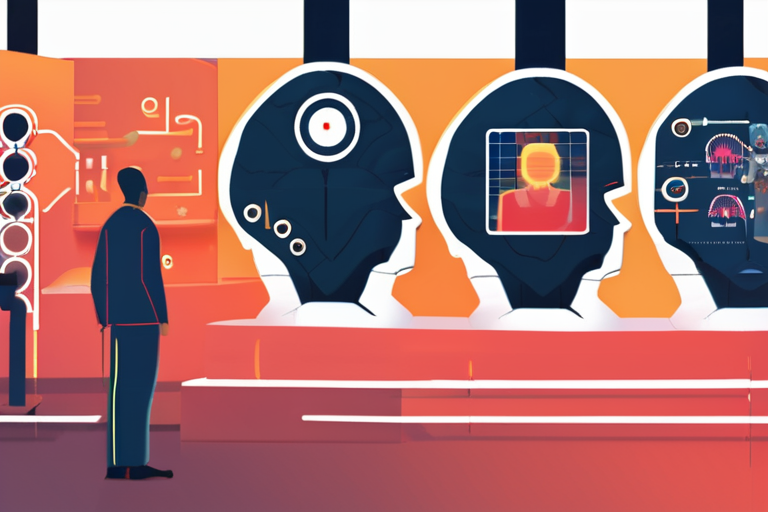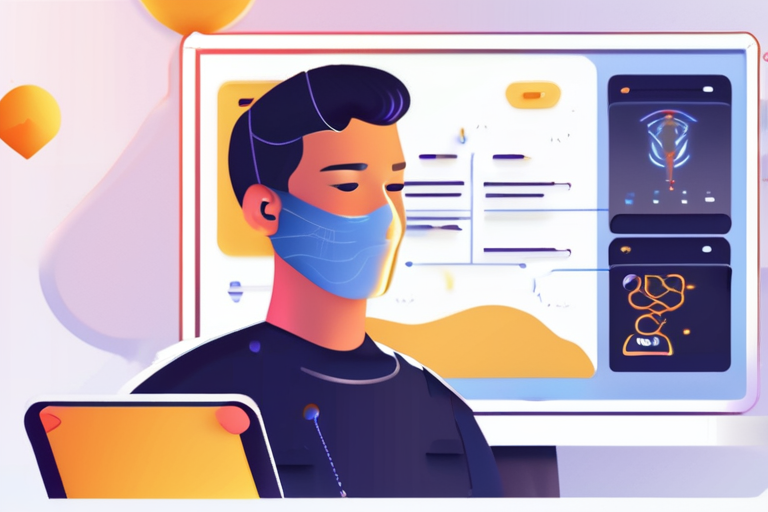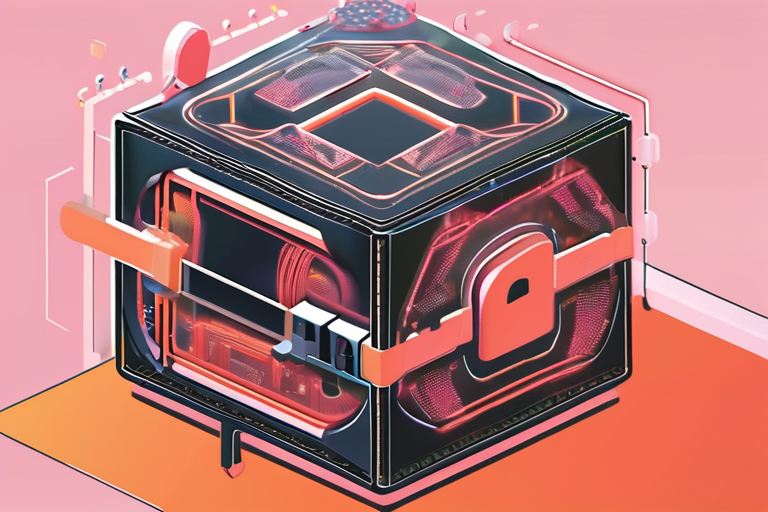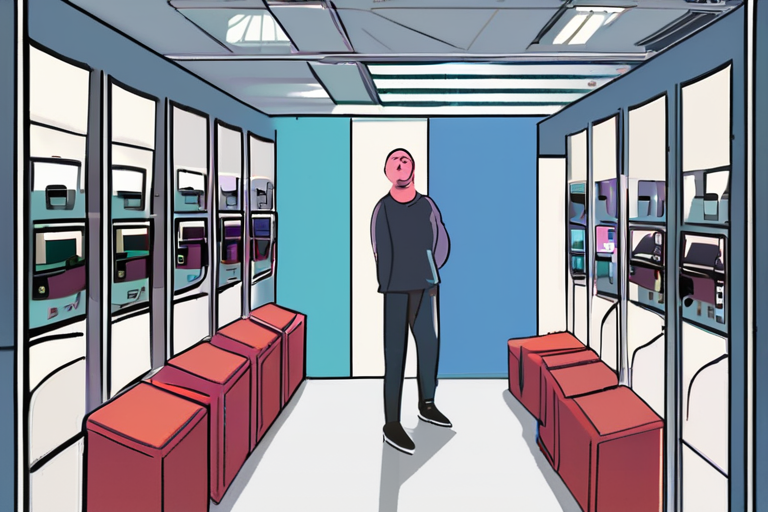OpenAI's researchers have built an experimental large language model that is far easier to understand than typical models, shedding light on how large language models (LLMs) work in general. The new model, called a weight-sparse transformer, is far smaller and less capable than top-tier mass-market models like the firm's GPT-5, Anthropics Claude, and Google DeepMind's Gemini. According to Leo Gao, a research scientist at OpenAI, the aim of this model is not to compete with the best-in-class models but to gain a deeper understanding of how LLMs work.
The weight-sparse transformer model is significant because it is a more transparent model, allowing researchers to figure out why models hallucinate, why they go off the rails, and just how far they can be trusted with critical tasks. As AI systems get more powerful, they are going to get integrated more and more into very important domains, Gao told MIT Technology Review in an exclusive preview of the new work. "It's very important to make sure they're safe," he emphasized.
The new model is not as capable as top-tier models, with its capabilities comparable to those of GPT-1, a model that OpenAI developed back in 2018. However, the researchers have not done a direct comparison. The focus of the weight-sparse transformer model is on understanding the underlying mechanisms of LLMs rather than competing with the most advanced models.
The development of this model is crucial because today's LLMs are often referred to as "black boxes," meaning that nobody fully understands how they do what they do. The lack of transparency in these models can make it challenging to identify and address potential issues, such as hallucinations or biases. By creating a more transparent model, OpenAI's researchers hope to gain a better understanding of how LLMs work and how to improve their performance.
The implications of this research are significant, as AI systems are increasingly being integrated into critical domains such as healthcare, finance, and education. The ability to understand how these systems work and how to trust them is essential to ensuring their safe and effective use. As Gao noted, "It's very important to make sure they're safe."
The current status of the research is still in its early stages, with OpenAI's researchers continuing to refine and improve the weight-sparse transformer model. The next developments in this area are likely to focus on scaling up the model's capabilities while maintaining its transparency and interpretability. As the field of AI continues to evolve, the need for more transparent and understandable models will only grow in importance.


























Share & Engage Share
Share this article